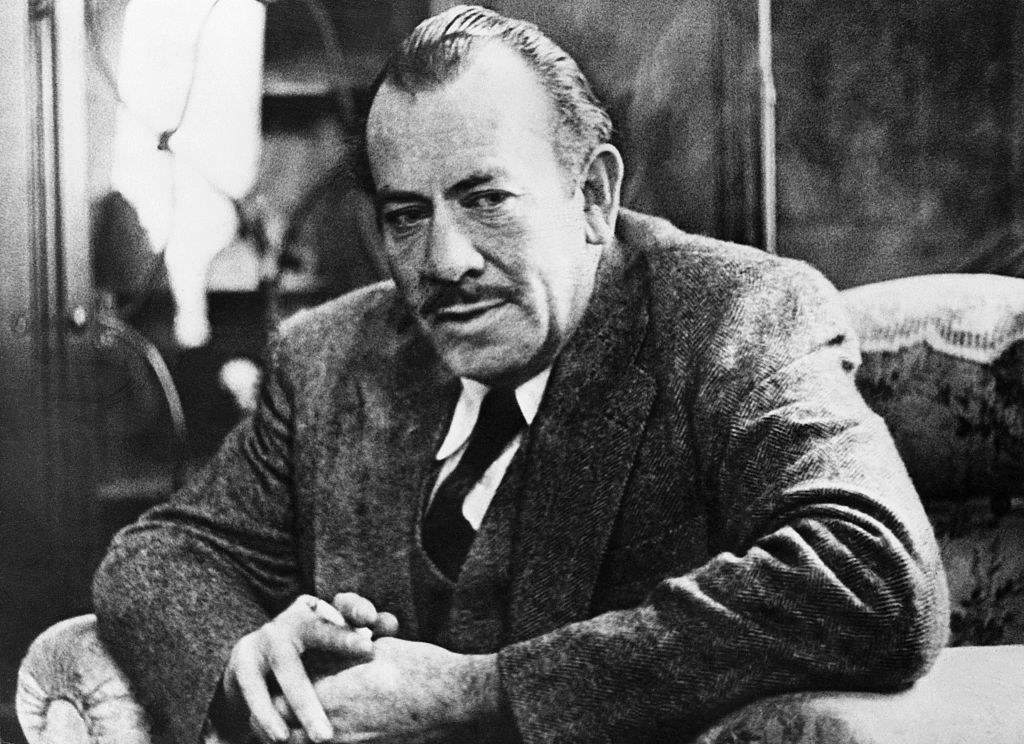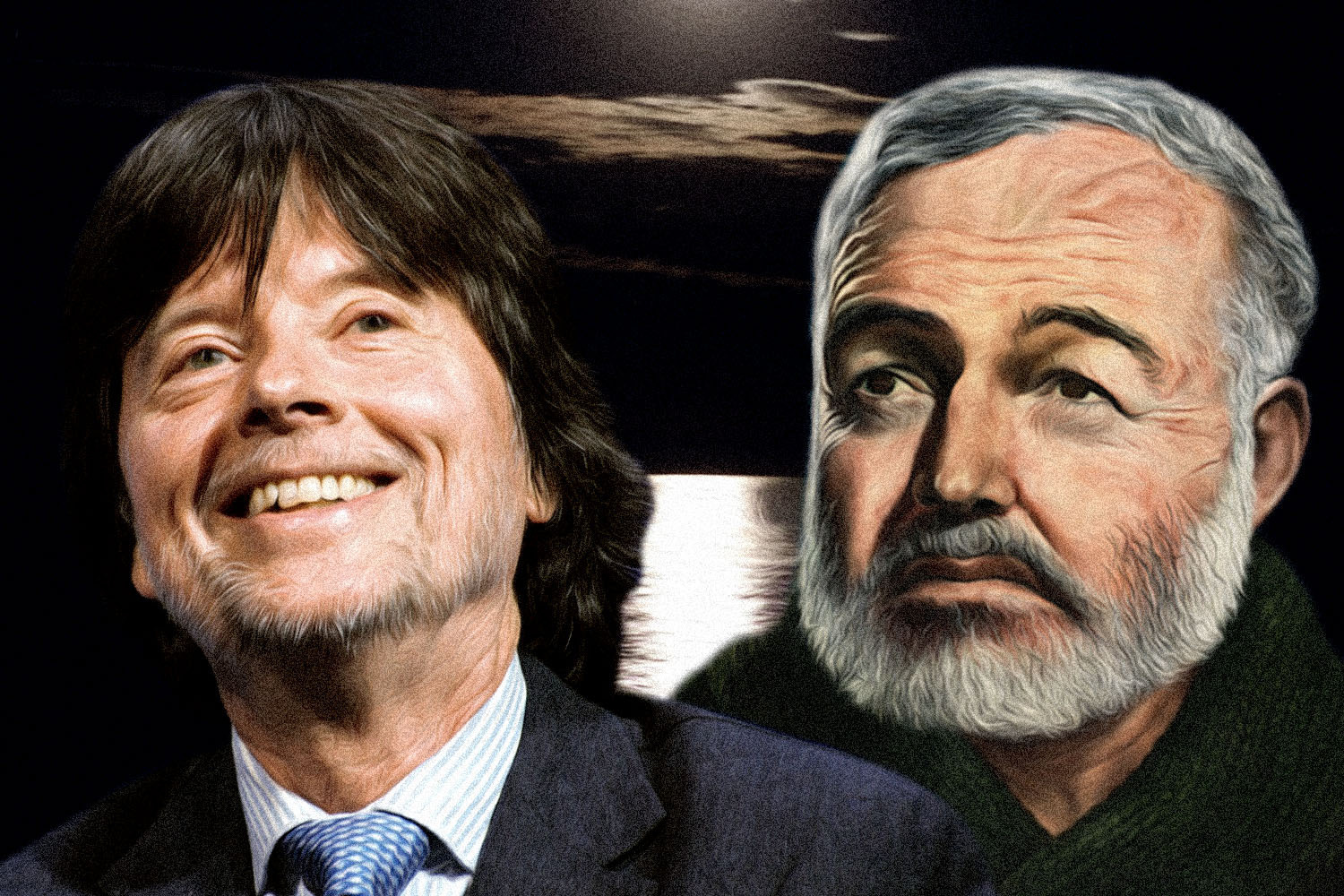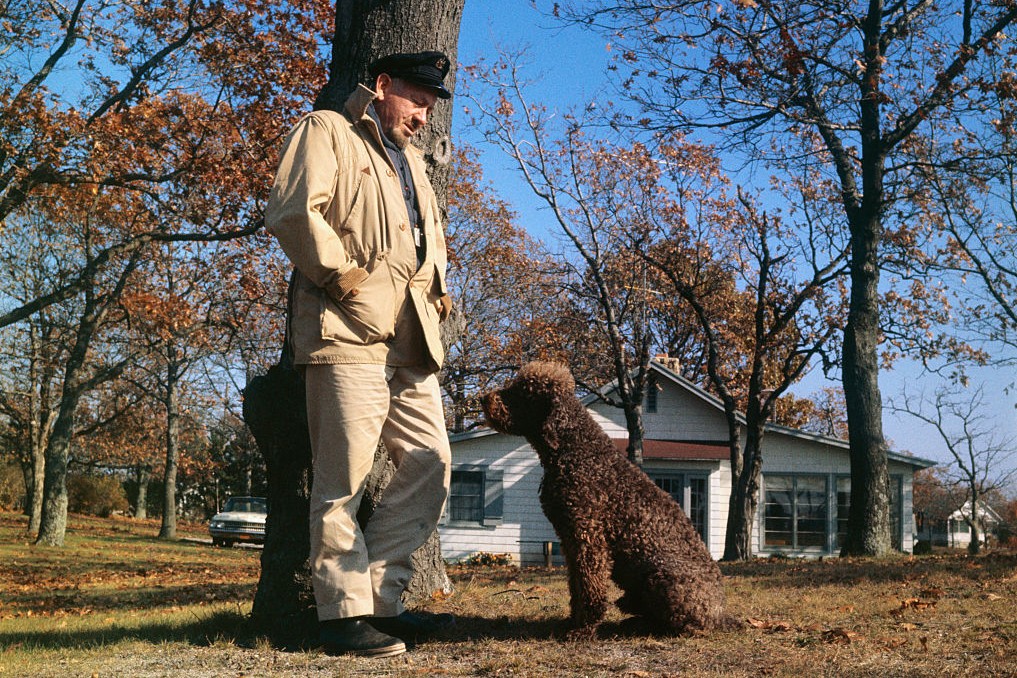Over the years, some bars become a part of cultural history. In some cases, that’s because of their clientele; in others, it might have to do with their location. (Frequently, it’s a combination of both.) In 1973, the New York Times called Costello’s “one of the last reminders in midtown of a once‐boistrous and shabby Third Avenue of bars, tenements and pawn shops.” The likes of Ernest Hemingway, John Steinbeck and Joseph Mitchell frequented the place, and James Thurber contributed a mural to the bar’s walls.
In a new essay for Literary Hub, Sharon DeBartolo Carmack looked back at the history and cultural impact of Costello’s. For her, the connection is familial — she notes that Tim Costello, the bar’s longtime owner, was married to her grandmother’s cousin. And in the article, she describes her process of learning just how much of a role the bar played in New York’s 20th century literary life.
Costello emerges here as a magnetic figure — he attended school through the eighth grade, and developed a keen sense of literature from his own readings after that. Carmack writes that “[Costello] was quite literate; he read and highly regarded Samuel Johnson’s Lives of the Most Eminent English Poets. Johnson, along with Alexander Pope, were the authors Tim recommended to [Frank] McCourt.”
The article also cites a 1968 George Frazier article in Esquire, which pointed out that many of the writers who knew Costello sought his opinion on their work before publishing it — making him, arguably, a literary tastemaker before that phrase was in use. It’s a fascinating look at a bygone establishment — and the writers and thinkers who congregated there.
Join America's Fastest Growing Spirits Newsletter THE SPILL. Unlock all the reviews, recipes and revelry — and get 15% off award-winning La Tierra de Acre Mezcal.
















